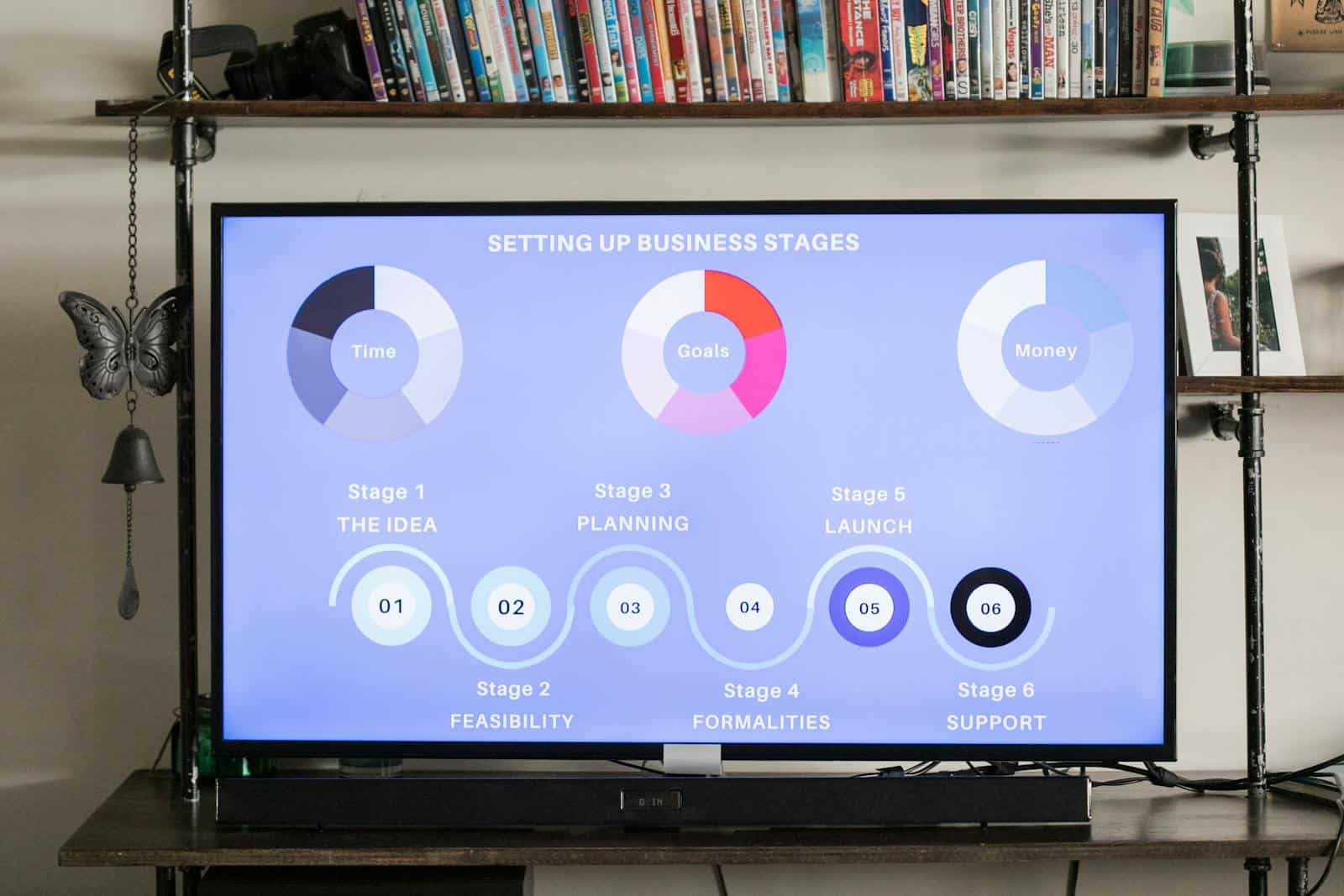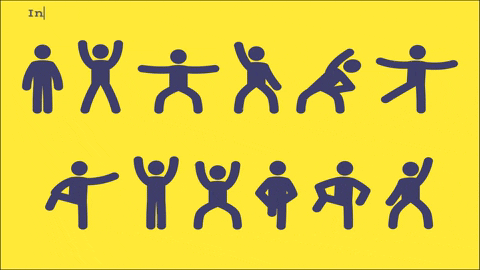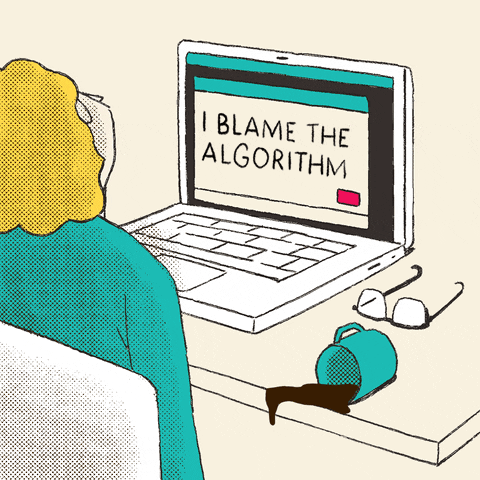The Art of Visual Communication: A Complete Guide
Being able to communicate effectively is more important than ever. As you may have observed, visual communication is now a powerful influence on the dissemination and comprehension of information. Language barriers are overcome by this mode of communication, which makes it available to a wider audience.
Key Takeaways
- Visual communication is a powerful tool for conveying messages and ideas effectively.
- Utilize visual elements such as images, videos, and infographics to enhance communication and engagement.
- Choose visuals that align with your message and resonate with your target audience.
- Incorporate visual communication in marketing and advertising to create impactful and memorable campaigns.
- Enhance presentations with visual aids to captivate and engage your audience.
You can effectively and swiftly communicate complicated concepts by utilizing visuals, which will guarantee that your audience will find your message compelling. A vast array of components are included in visual communication, such as pictures, infographics, video and color schemes.
Each of these elements is essential to the processing and perception of information. By using visuals, you can take advantage of the brain’s innate tendency to process images more quickly than text. This makes your message almost instantly understandable to your audience, for a more interesting and memorable experience.
Click to contact Teracore to assist with your Visual Communication strategy >

Keys to effectively communicating your ideas is through visuals
Visual components are essential to successfully conveying your ideas. Making thoughtful use of a variety of visual components that bolster your message is crucial for creating a lasting impression. To make complex data easier to understand, you can use infographics or emotionally charged images.
However, keep in mind that you need to select images that enhance your message, rather than clutter and detract from your messaging. An infographic, for example, can assist in dividing statistical data into easily understood chunks for your audience.
Color’s Influence on Visual Communication.
In visual communication, color is also very important. Emotions and reactions can vary depending on the color used. Cool colors like blue and green can encourage calm and trust, while warm colors like red and orange can evoke a sense of urgency. You can influence the way your audience perceives your message and increase its emotional impact, by selecting your color scheme carefully.
Using Visuals to Improve Your Message
With the correct images and colors, you can increase the effectiveness, memorability and engagement of your message. Don’t forget that the objective is to bolster, not overshadow, your message. Visual components can help you accomplish your goals and communicate your ideas more clearly if you use them thoughtfully and strategically.
Choosing the appropriate images is essential for clear communication. To do this, your target audience and the environment in which your message will be received must be taken into account. For example, polished and streamlined designs might be more suitable than whimsical or playful ones, if you’re speaking to a business audience. Dynamic graphics and bright colors may work better if you’re aiming for a younger audience. It’s also crucial to make sure your images complement your brand identity. Your message will be more recognizable and reinforced if your style and tone are consistent.
Developing a style guide that specifies the kinds of images you will utilize on various platforms could be beneficial to you. Visual communication is crucial in the fields of marketing and advertising. It’s likely that you have seen innumerable commercials that mainly use images to grab viewers’ attention and deliver messages fast. The aim is to establish an emotional bond with your audience that motivates them to act, whether that is accomplished through captivating videos or striking visuals.
Take into account how images can improve your message when creating marketing collateral. For instance, showcasing your products in high-quality photos can help prospective buyers see their advantages. The story of your brand can also gain authenticity, by including user-generated content or testimonials.

Presentations
You can design campaigns and presentations that inspire action, in addition to providing information, by skillfully utilizing visual communication. Visual aids have the power to completely change how people perceive your presentations. Sitting through a presentation with a lot of bullet points and dense text may have frustrated you – and the same is true for your audiences.
To steer clear of this trap, think about enhancing your spoken words with images. You can keep your audience interested and help illustrate important points with charts, graphs, and pictures. Also, adding storytelling components to your presentations can improve the visuals’ impact.
Click to contact Teracore to assist with your next presentation >
Including a Story
Your audience will find your data or images more engaging if you weave a story around them. This strategy not only helps your audience remember your presentation, but it also helps them remember the key points you want them to take away. The way you visually interact with your audience shapes the identity of your brand. Every visual component, including logos and color schemes, influences how people view your brand as a whole.
Consistencty
Consistency and uniqueness are key components of visually striking content. You can differentiate your brand from rivals, and establish instant recognition with a distinctive color scheme or logo. Also, think about how your images convey the mission and values of your brand. For example, if your brand’s core value is sustainability, supporting this message with eco-friendly imagery or natural colors can help. You can create a unified experience that connects with your audience more deeply by matching your visuals to your brand identity.

Social Media
Social networking sites have developed into an effective visual communication tool in the digital age. Engaging images that grab users’ attention in an instant are the lifeblood of platforms such as Instagram, Pinterest and TikTok. Knowing how to properly use visual content to improve your online presence is important for successfully utilizing these platforms. You might think about writing aesthetically pleasing posts, that swiftly communicate a point or tell a story. In addition, add visuals to your post that reiterate the message and keep your audience engaged. Vibrant graphics, brief videos, and high-quality photos can make you stand out in crowded feeds.
Click to contact Teracore to assist with your Visual Communication strategy >
User-generated Content
Using user-generated content can stimulate community involvement and increase audience trust. Potential buyers will find your brand more authentic if you encourage your followers to visually share their experiences with it.
Analytics
Measuring the effect of your visual communication efforts on audience engagement is crucial to determining their true efficacy. To determine how well your visuals connect with your audience, you might want to monitor metrics like likes, shares, comments, and click-through rates. Analyzing this data can reveal important information about the kinds of images that work best for drawing viewers in, and encouraging interaction. Also, think about surveying your audience, or getting their input on how they view your visual content.
You can use this qualitative data to improve your strategy and make well-informed choices about your next visual communication tactics. Over time, you can improve the efficacy of your visual communication by regularly assessing and modifying your efforts in response to audience feedback.
Conclusion
In our visually-driven world, anyone hoping to effectively communicate must learn the art of visual communication. You can produce engaging content that connects with your audience on a variety of platforms by comprehending its power, strategically utilizing different elements, selecting the appropriate images for your message, and tracking their effect on engagement.
Whether you work in branding, marketing, or just want to improve your own communication abilities, using visual communication will boost your efforts and make an impression on the people you want to reach.
Click to contact Teracore to assist with your Visual Communication strategy >
FAQs
What is visual communication?
Visual communication is the conveyance of information and ideas through visual elements such as images, graphics, and typography. It is a way of communicating that relies on visual cues to convey a message.
What are some examples of visual communication?
Examples of visual communication include signs, symbols, logos, infographics, charts, graphs, maps, illustrations, and photographs. It also encompasses the use of color, typography, and layout in design.
Why is visual communication important?
Visual communication is important because it can convey complex information quickly and effectively. It can also evoke emotions, create a memorable impression, and enhance understanding. In today’s digital age, visual communication is especially important for grabbing attention in a crowded media landscape.
What are the key principles of visual communication?
The key principles of visual communication include clarity, simplicity, unity, balance, hierarchy, contrast, and emphasis. These principles help to create effective and visually appealing designs that effectively convey a message.
What are some tools used in visual communication?
Some tools used in visual communication include graphic design software such as Adobe Photoshop, Illustrator, and InDesign, as well as photography and videography equipment. Other tools include typography resources, color theory guides, and layout templates.
How does visual communication impact marketing and advertising?
Visual communication plays a crucial role in marketing and advertising by helping to capture attention, convey brand identity, and communicate product or service benefits. It can also influence consumer perceptions and purchasing decisions. In digital marketing, visual content is particularly important for engaging audiences on social media and websites.



